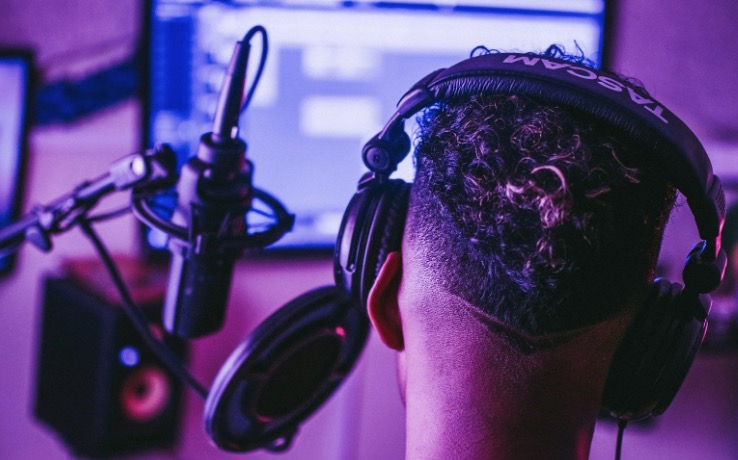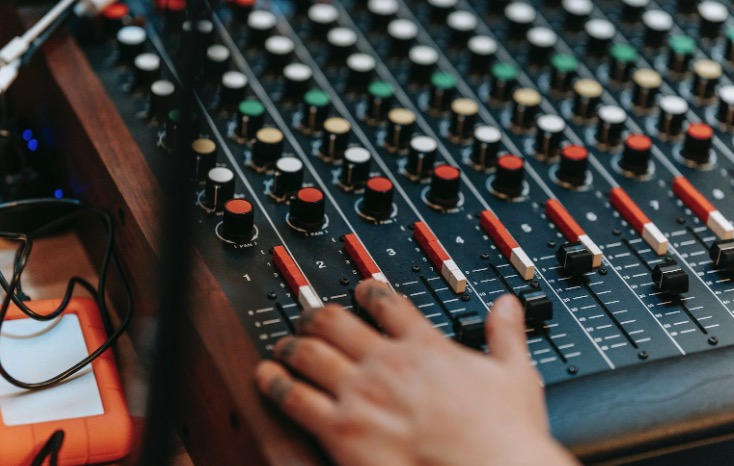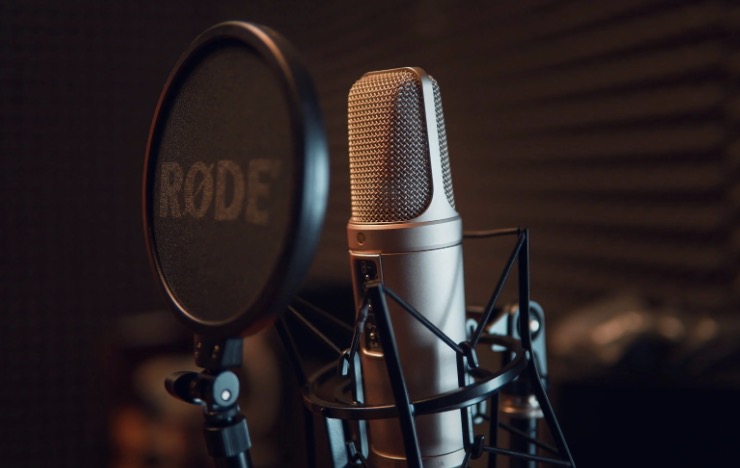Live sound mixing differs slightly from studio mixing. It is impossible to correct the sounds since everything is happening live. A skilled audio engineer is in high demand because of their capacity to mix both on stage and in the studio.
It’s simple to become overwhelmed when you sit in front of a console with numerous sliders. Everyone needs time to develop the specialized skills to run audio for concerts. The art of sound design requires years of practice for which you can join an online live sound course.
Even though it can be more challenging, it can be rewarding if all works out. Unavoidably, something will go wrong during one of your performances, but perhaps some of these live sound techniques can help. So, remember these pointers the next time you’re mixing a live performance.
Consider the On-Stage Monitoring
The predominant “front of house” (FOH) audio is tinted more when the stage is louder. It occurs due to audio leakage into mics (especially voice microphones) meant to pick up other sounds from different onstage sources, mainly drums, and amplifiers. Due to this, achieving a pure mix in front can be challenging.
It also has an impact on the music. The drummers will have to strike harder and get tired faster if every person onstage gets exposed to sound volumes that are too loud for them to hear comfortably for a long time. Also, the vocalists and instrumentalists won’t be able to hear the delicate timing and harmony indications they need to perform at their best.
To solve this issue, you must do floor monitor placement properly. Get off the console and onto the stage to see what the artists face. Moving monitors frequently resolves things, providing you with an excellent performance to mix in front of the crowd. The top monitor engineers in the industry all concur that less noise on stage results in higher-quality sound out front.
Focus on the Room and Lead Vocal

You must become familiar with how the acoustics of the venue impact the live sound and take the atmosphere into account. By all means, play a boisterous pub if you want to be noisy. On the other hand, if you’re performing in a place with a more laid-back atmosphere, like a coffee shop, being overly loud can deter consumers and keep you from getting that gig again.
You want to assess the crowd and the setting and modify your levels appropriately. Pay close attention to the surroundings where you will mix sounds and comprehend the vibe naturally created by its form and architecture. Keep an eye out for any nodes or harmonics that stick out and could be problematic for maintaining the desired level of your lead vocal.
The best way to study the room where you will be mixing live sounds is to listen to familiar songs before the show to ensure they sound like you expect them through the system.
Maximize the Use of Meters
Meters are functional for monitoring your levels. You may employ them as additional confirmation and stop checking unless you hear something strange.
Either channel, bus, or amplifier meters, your meters should show you what a signal is doing at that specific point in the framework. The most crucial thing to remember is to ensure you aren’t pushing the limits of what each stage can handle, be it the input to the microphone, preamp, circuit strip, equalizers, bus navigation, and the amps and speakers.
Overloading them will only lead to you digging a hole that will be difficult to escape from for the duration of the show. The more you try to cover up for it, the deeper you go into a negative place. Just lower the volume. Red lights are not what you want to see.
Consider Layering
A simple example is the method many producers employ to create kick drums. They generate or sample sub- and low-frequency data from one source while collecting mid- and high-frequency data from another. When these frequencies are combined, they produce a sound with a frequency range uniformly dispersed: a single kick drum.
Leveraging a lower-frequency portion of a pad is another illustration. It collaborates to produce an entirely new sound when mixed with another sound that contains higher frequency information but no lows.
Layering is employed to add complexity and better control over the harmonic information in each sound component. By doing this, you can also provide enjoyable contrasts to your mix. A separate, higher-octave piano or sound can contrast and enhance low, hefty keyboards persistently pounding away in the distance.
Separate When Necessary
Getting your audio (or a particular layer of sounds) to stand out from the other sounds in a mix is what is meant by separation.
You might, for instance, position a pad behind the lead string guitar or other primary instrument. Assuming their frequencies are comparable and you arrange them in the middle. You should remove the lead guitar’s dominant frequencies from the pad to create separation. The guitar can breathe independently and stick out from the pad this way.
So, while creating or mixing music, consider what frequencies you want to layer and which ones you want to isolate from the other sounds. A well-defined mix will be much simpler to construct as a result.
Employ Multiband Compression
The multiband compressor can be an exceptionally elegant substitute for employing excessive EQ to reduce a frequency when it excessively enters the mix.
Compression enables you to tamely preserve the detail in the smack of the congas below while reducing the dynamic spectrum of a set of frequencies, like wanting to hear the “core” of an accordion or other hand percussion piece.
A multiband compressor used on the high intermediate tones of a drum mic can assist in improving the hi-hat’s detail. However, remember that compression can also emphasize bleed across the audio frequency ranges you’re trying to compress.
Depending on the circumstances, this can be a significant assistance or burden. Sometimes, obtaining a nice mix on a live recording is like putting together a challenging jigsaw puzzle.
Becoming a Pro in Live Sound Mixing

Live sound mixing is challenging, but if you master it, you’ll be great. But it’s much more than just adjusting the gain and riding faders; don’t be scared to go into the more complicated ideas like compression and equalizer. It will make you a much better engineer.
Naturally, mixing at a big club is an entirely other situation. You are a lot more adaptable and battling the volume of the instruments in the room less frequently. But in most cases, using these techniques will offer you the best sound.


0 Comments